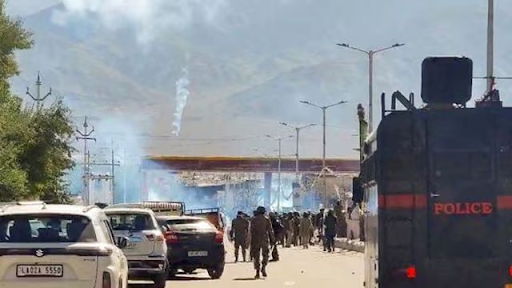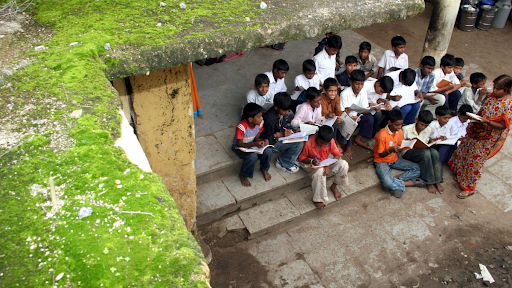Description

Disclaimer: Copyright infringement intended.
Context
- If the government aims for simultaneous polls in 2029, all states except those voting now would see House terms truncated, including UP, Punjab, Gujarat, Bengal.
One Nation One Election
- The concept of "One Nation One Election" aims to synchronise the electoral cycle for all tiers of governance in India, including parliamentary, state assembly, and local body elections.
- Spearheaded by a committee led by former President Ram Nath Kovind, the proposal seeks to streamline the electoral process to enhance governance efficiency and reduce disruptions caused by frequent polls.
- The committee has proposed a two-stage approach for transitioning to simultaneous elections.
- Firstly, it recommends aligning assembly elections with the Lok Sabha polls.
- Secondly, it suggests holding elections for panchayats and municipal bodies within 100 days of the general elections.
What All Needs To Be Done To Move To Joint Elections
- Combining Assembly and Parliamentary Polls:The first stage involves aligning the dates for state assembly elections with Lok Sabha elections. This would entail holding both elections simultaneously, reducing the burden of separate election cycles.
- Simultaneous Elections for Local Bodies:The second stage proposes conducting elections for panchayats and municipal bodies within 100 days of the general elections. This aims to maintain continuity and synchronisation across all levels of governance.

Constitutional Amendments and State Consent
- To implement joint elections for Parliament and state assemblies, a constitutional amendment would be required, without having to get it endorsed by state legislatures.
- However, for local body elections, the consent of at least half of the state assemblies is necessary. This may involve consensus-building efforts, as some states would see their elected terms shortened upon transitioning to the new system.
Handling Hung Assemblies and Trust Votes
- In the event of a hung assembly or loss of confidence in the ruling party, elections would be conducted for the remaining tenure of the five-year term. This ensures that the electoral cycle remains synchronised and disruptions are minimised.
Rationale Behind One Nation One Election
- Enhanced Governance Efficiency:The synchronised electoral cycle provides certainty and stability for decision-making, fostering faster development and effective governance, the panel said. It aims to mitigate policy paralysis associated with uncertain election schedules.
- Cost Reduction:By reducing the frequency of elections, the proposal aims to minimise the financial burden on the exchequer and streamline election-related expenses.
- Historical Precedent:The committee highlights that until 1967, the first three general elections were held simultaneously, suggesting a return to the original electoral structure.
- Alignment with Rajya Sabha Practice:The proposal draws inspiration from the Rajya Sabha, where the term of a member replacing another member is limited to the "unexpired period" of the original term, ensuring continuity.

Conclusion
- In summary, the One Nation One Election proposal seeks to modernize India's electoral framework, promoting governance efficiency, cost-effectiveness, and institutional stability.
- However, its implementation would require careful constitutional amendments and consensus-building efforts among stakeholders at the state and national levels.
ALL ABOUT ONE NATION ONE ELECTION: https://www.google.com/search?q=one+nation+one+election+iasgyan&oq=one+nation+one+election+iasgyan&gs_lcrp=EgZjaHJvbWUyBggAEEUYOdIBCDUyNDBqMGo3qAIAsAIA&sourceid=chrome&ie=UTF-8
https://iasgyan.in/ig-uploads/pdf/6104249.pdf
|
PRACTICE QUESTION
Q. One Nation One Election proposal seeks to modernize India's electoral framework. However, its implementation would require careful constitutional amendments and consensus-building efforts among stakeholders at the state and national levels. Elucidate.
|











